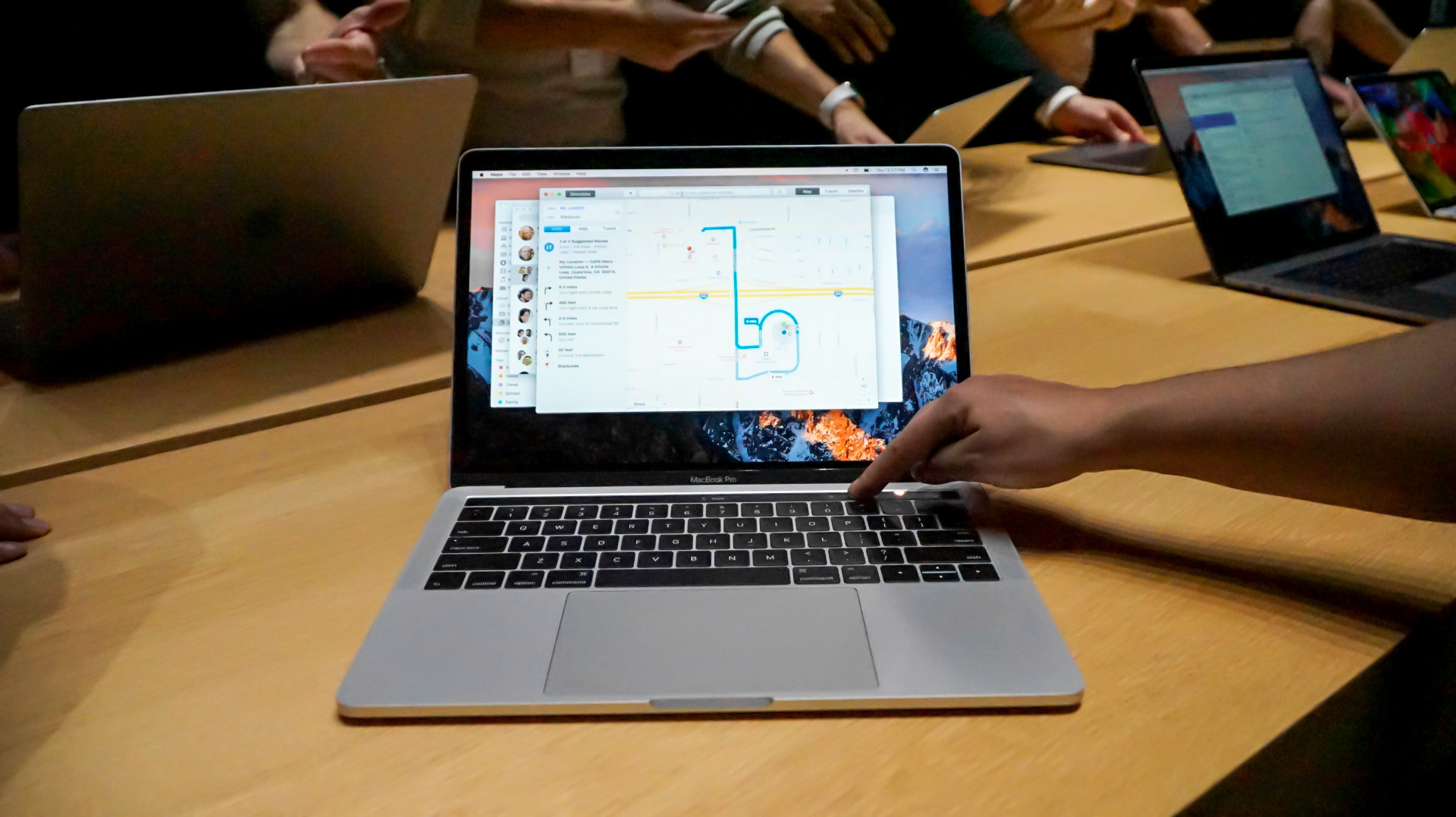Doing the peace sign in pictures could put your fingerprint at risk, researchers find
Though it would take a lot of effort

Is the peace sign one of your preferred picture poses? Then you might want to keep reading.
Doing the innocent-enough peace sign may actually be putting perhaps your most sensitive bit of biometric information out there for hackers to exploit, researchers at the National Institute of Informatics (NII) in Japan have discovered.
The NII team found that, if the lighting and clarity of the picture are high enough, a person's fingerprint can be recreated from a photograph taken up to three meters (about 10 feet) away.
Biometric data has successfully been mimicked and used before, as The Telegraph notes, but this is yet another reminder that as technology gets better at capturing the minutest of details, we can also find ourselves at greater security risk.

That said, actually making a physical fingerprint from a photo is an entirely different matter, and probably too complicated for most nefarious types to even consider trying.
And while nearly every flagship phone has a fingerprint scanner these days as well as some laptops, like the new Apple MacBook Pro, our prints aren't widely used enough as a form of security clearance for us to lose too much sleep over the NII finding.
For those still concerned their print could end up in the wrong hands, however, the NII researchers are tinkering with a transparent film that disrupts attempts to duplicate a dactylogram. Unfortunately, the titanium oxide film won't be ready for two years, and even then likely won't be available to the average peace-sign throwing person.
Get daily insight, inspiration and deals in your inbox
Sign up for breaking news, reviews, opinion, top tech deals, and more.
Via Engadget
Michelle was previously a news editor at TechRadar, leading consumer tech news and reviews. Michelle is now a Content Strategist at Facebook. A versatile, highly effective content writer and skilled editor with a keen eye for detail, Michelle is a collaborative problem solver and covered everything from smartwatches and microprocessors to VR and self-driving cars.
